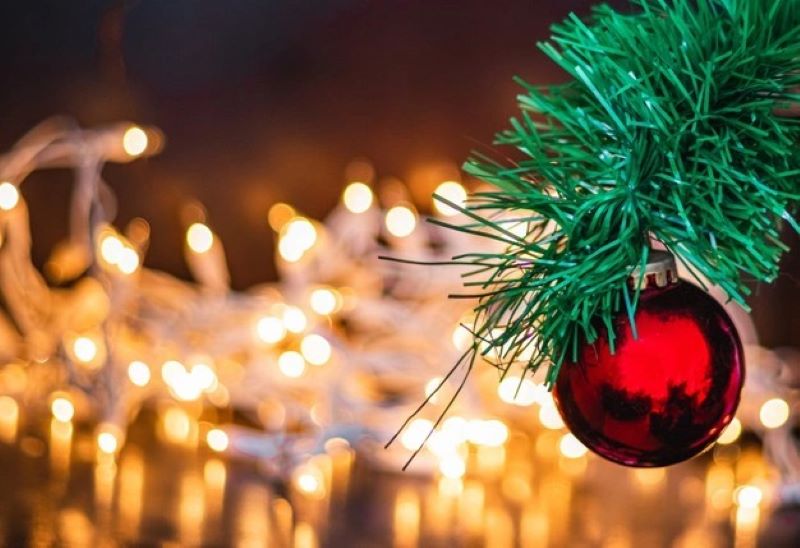
The use of ornaments to decorate trees during the Christmas season can be traced back to ancient civilizations, such as the Egyptians, who decorated their homes with green palm branches during the winter solstice. It was also common for Romans to decorate trees with small ornaments and candles during the Saturnalia festival, which celebrated the agricultural god Saturn.
However, the modern tradition of decorating Christmas trees with ornaments became popular in Germany during the 16th century. They were initially made of natural materials such as candles, fruits, and nuts. It wasn’t until the 19th century when Glassblowers in Lauscha, Germany started creating glass ornaments.
Types of Christmas Ornaments and their Significance
There are various types of Christmas ornaments, each with its own unique significance. For example, the Angel ornament symbolizes the angels present during the birth of Jesus, while the Star ornament represents the Star of Bethlehem mentioned in the Bible.
Other popular ornaments include Snowflakes, Reindeers, and Santa Clauses, which have become synonymous with the Christmas season. These symbols are meant to represent different aspects of the holiday and are passed down from generation to generation.
Materials Used to Make Christmas Ornaments
Christmas ornaments can be made from a variety of materials. Glass, plastic, wood, and metal are just a few examples. Handmade ornaments made from materials such as felt and yarn have also become popular in recent years.
Furthermore, the use of sustainable and eco-friendly materials has become a trend in modern ornament production. This is because these materials have a lower carbon footprint and are made from renewable resources.
Conclusion
Christmas ornaments hold great significance and have become an integral part of holiday traditions around the world. Understanding their historical significance and different types of ornaments helps us to appreciate the holiday season better. Additionally, choosing ornaments made from sustainable materials contributes to preserving the environment for future generations.